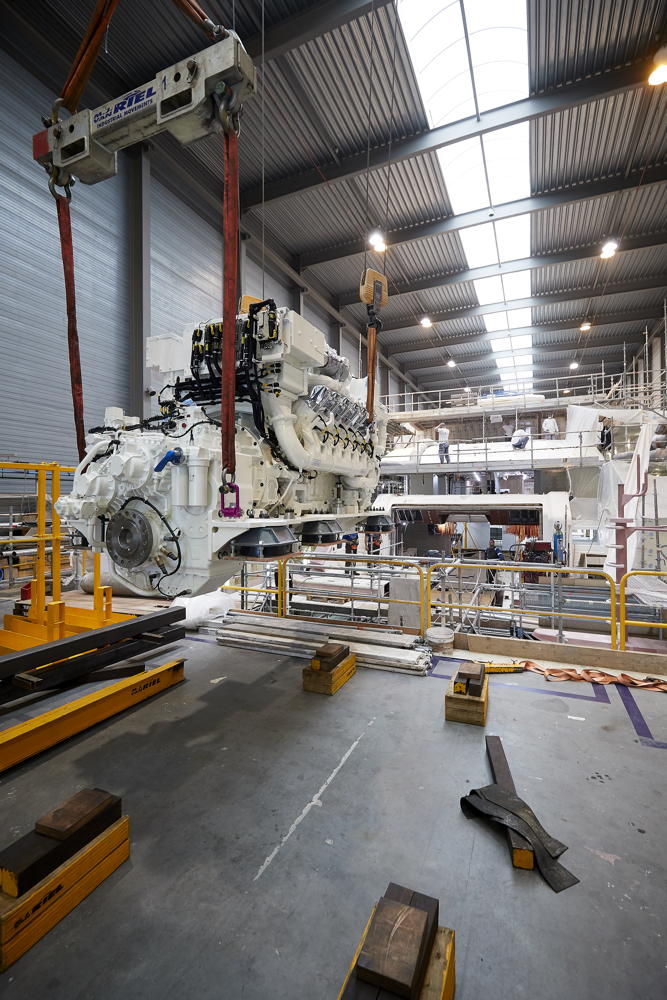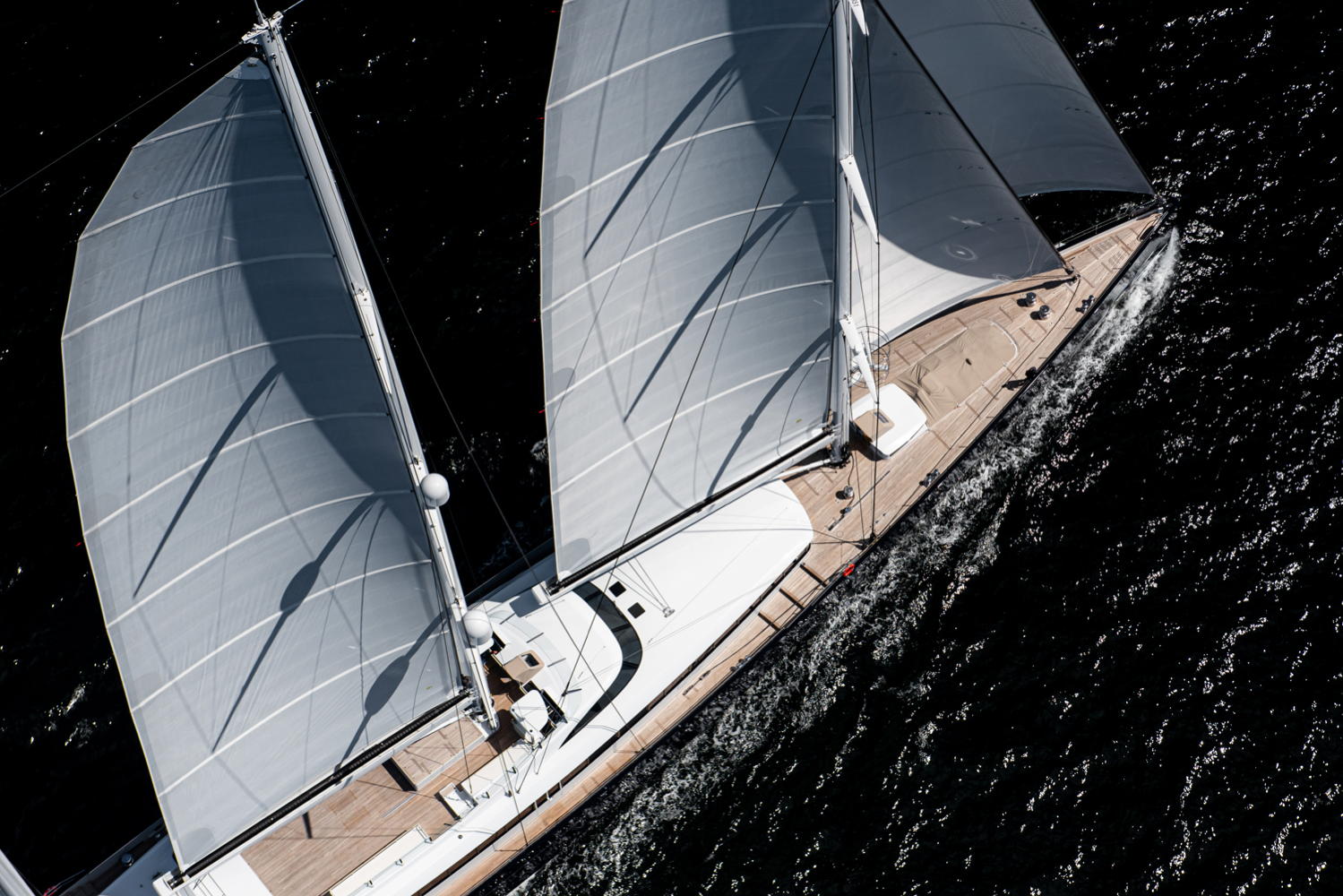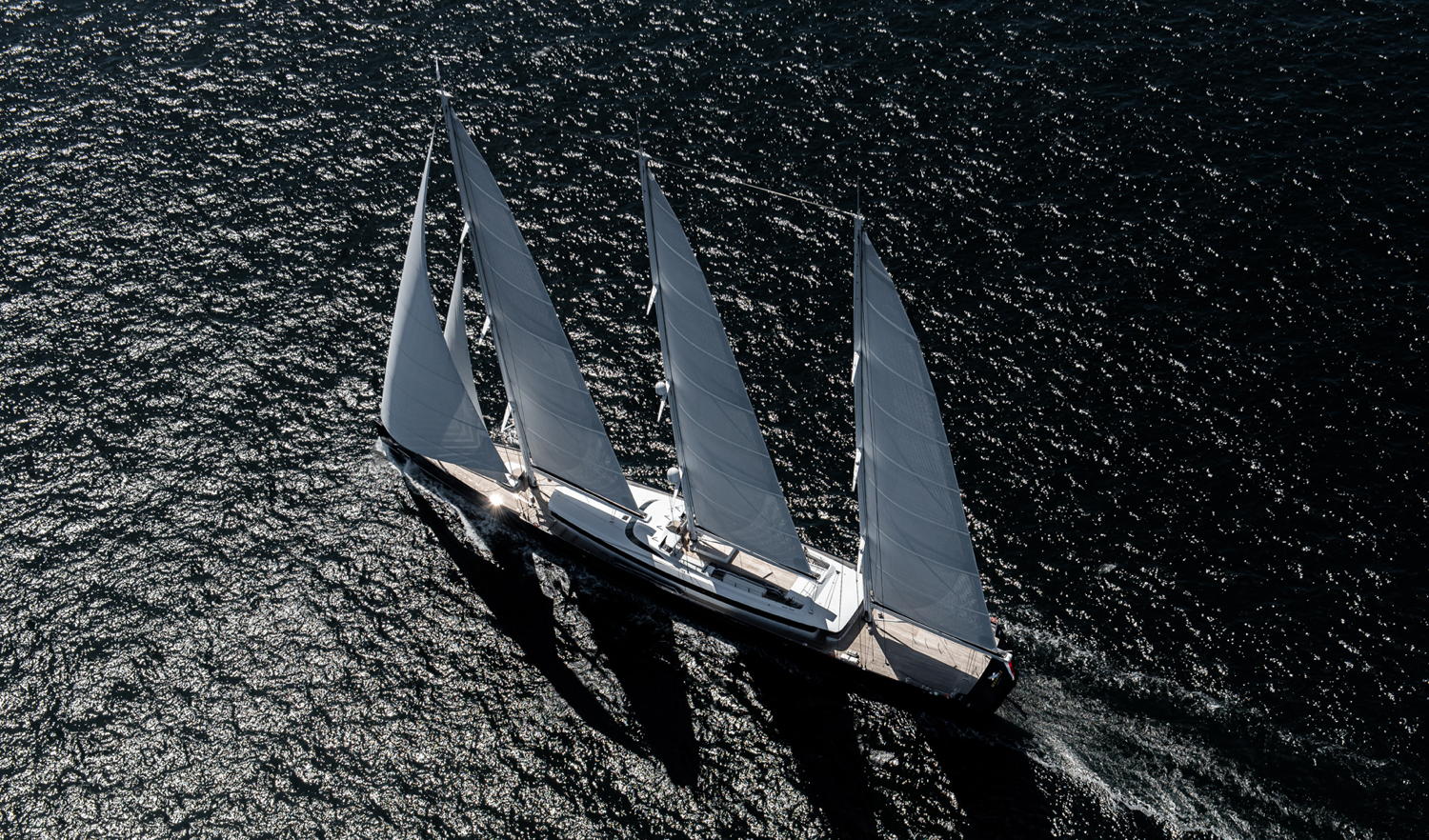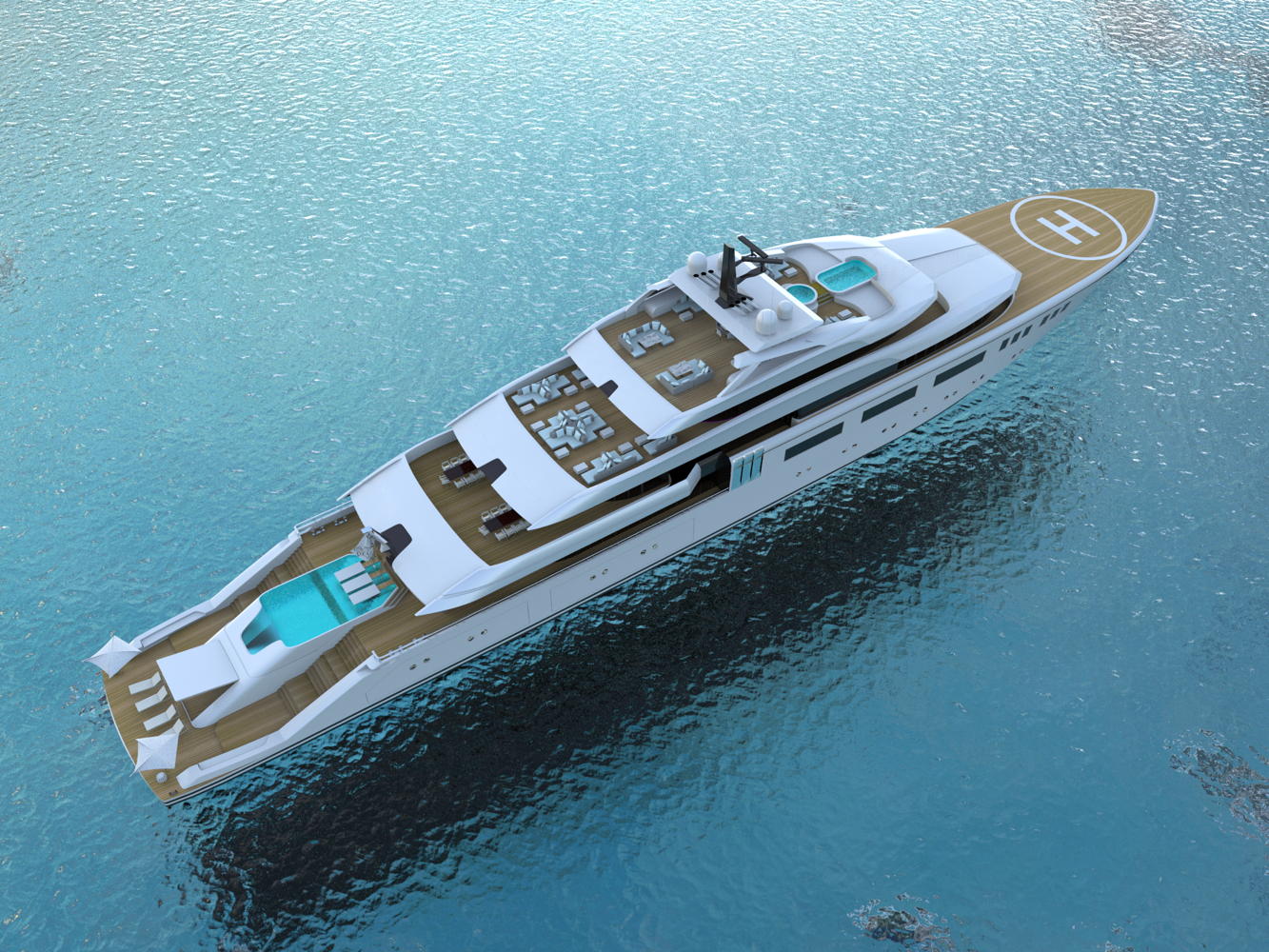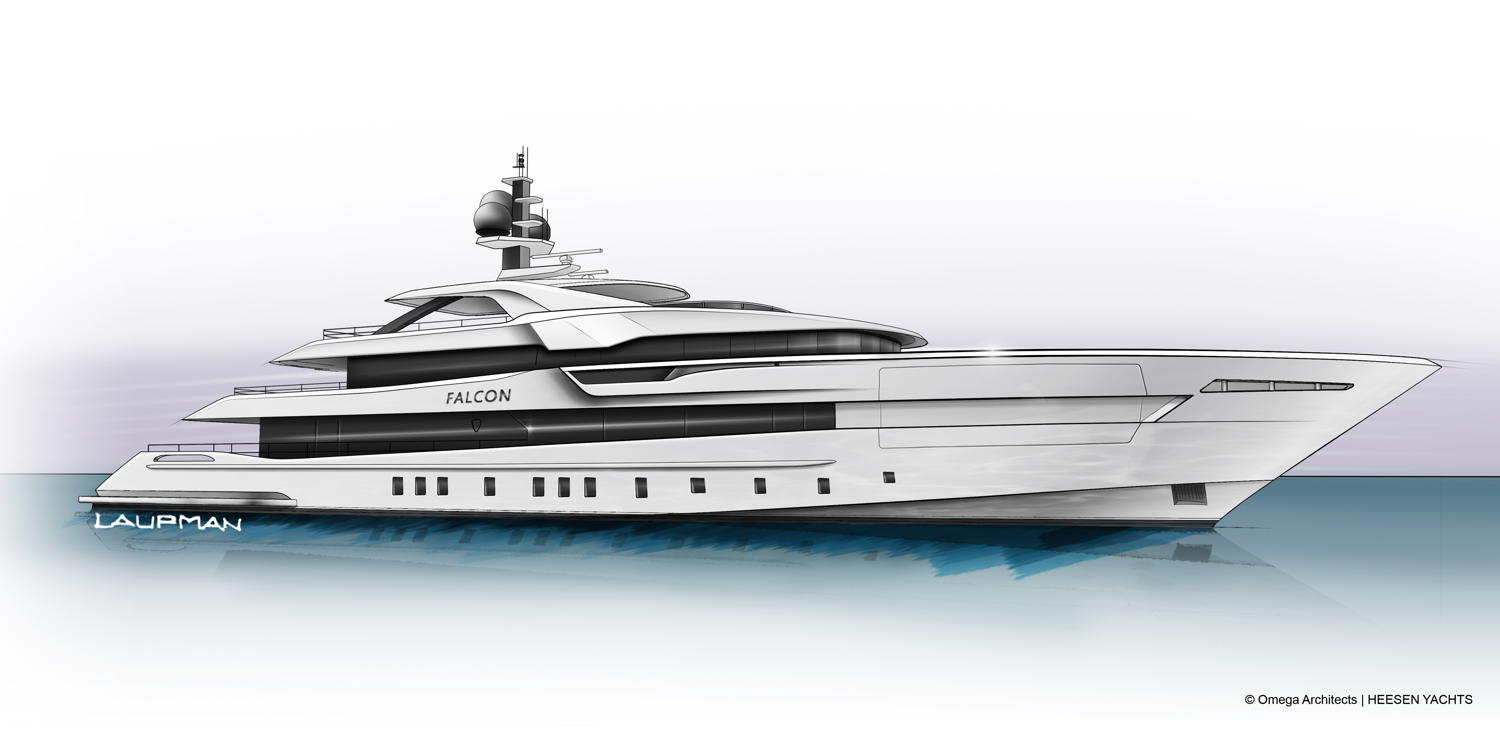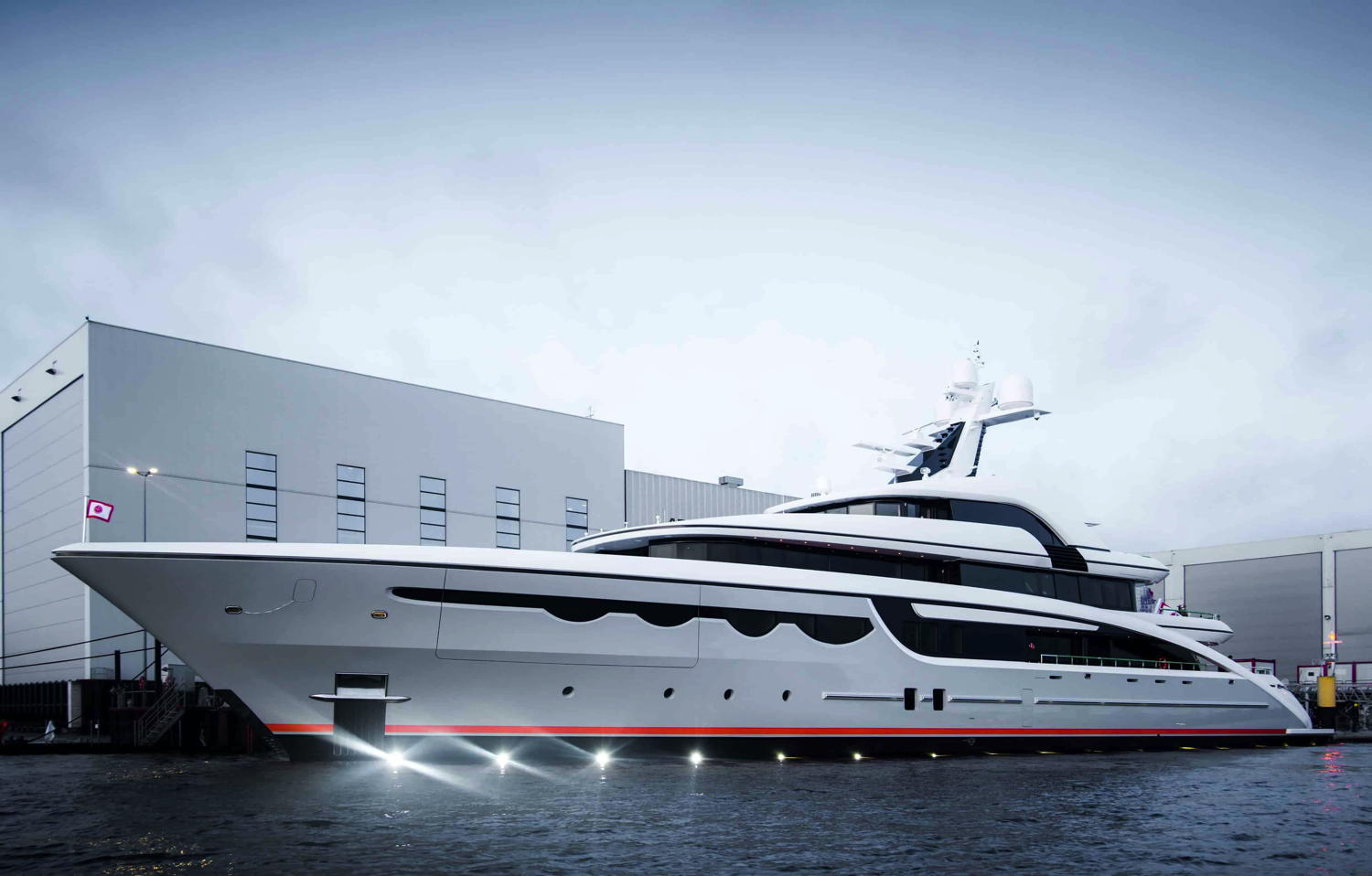The superyacht industry is changing and grieving simultaneously. Many are still in the »denial« and »anger« phases of grief – concerning the collapse of the market as we knew it – now entering the »bargaining« stage of the Kübler-Ross model.
Cancellation, one by one, of the MYBA charter show, Superyacht Show and Monaco Grand Prix in May, DNV GL’s Superyacht[ds_preview] Seminar at the Yacht Club de Monaco in June, the majority of superyacht charters in July and August, followed by Cannes and Monaco Yacht Shows in September, and METS already cancelled for November, has kept hitting just when people hoped it was all soon going to be »back to normal«. Early on during lockdown, online zoom webinars and presentations allowed some sort of social interaction, while positive industry »players« kept reminding us we must all remain strong and upbeat.
It felt like a self-support group with plenty of mutual back-patting as well as providing the opportunity for self-promotion in the comments box »Hello from Monaco! I’m very impressed with your statement and would now like to plug my own company…«.
After a few weekly events, with SuperYacht Times’ webinars peeking with over 800 attendees, zoom webinars fizzled out, possibly the sponsorship and rehearsed sound-bite promotion becoming too much. But they had helped some transcend into and even beyond grief’s »depression« stage, while allowing a glimpse inside leading superyacht builders’ and brokers’ home offices.
Halving Market
Jonathan Beckett, Chief Executive of Burgess, stated during lockdown that it could be two years before the charter market is back to pre-pandemic days. Some superyachts, that typically enjoyed 10-12 weeks of summer charter, have had zero bookings this summer, seriously impacting the viability of charter revenues covering the cost of running a yacht.
Jamie Edmiston, Chief Executive of Edmiston, summed up, »Yacht charter went quiet for a period of time at the height of the pandemic but over the last six weeks or so (mid-July to late August) we have seen significant uptick in demand for people who want to get away in a secure environment with their families«.
Price reductions are ubiquitous in both sales and charter. Nick Hill, Partner of Hill Robinson, a large independent yacht management company who booked 80 weeks of charter in 2019, noted that one in ten owners positively opted out early in the 2020 season to offer their yachts. Hill Robinson implemented significant procedures aboard its fleet encouraging – but not enforcing – clients to agree to be tested, as its crew were isolated ashore, before joining yachts for the season, and daily temperature tests were expected all round.
Hill told HANSA at the end of August that Hill Robinson’s charter business was »consistent with 2019« but »we know industry-wide it is probably fifty percent down«. At the time of going to press, the 25th edition of Les Voiles d’Antibes – for which Hill Robinson is lead sponsor – was still scheduled to go ahead, along with Les Voiles de St Tropez, albeit with restrictions in place to reduce crowds ashore.
While fully-crewed superyachts were standing by for last-minute charters on the Côte d’Azur, Berthon Boat Company’s Managing Director, Brian May, noted many British owners wanted to ship their boats to the South Coast of the UK, »increasing their ability to use their yachts without the need to travel through airports, at a time when being able to cross a border quickly and easily is no longer guaranteed«. May added that »Covid has increased enormously the interest in yachts, that enjoy self-sufficiency and a safe environment in this difficult time«.
Berth holders in Lymington benefit from Berthon having engaged the services of a clinical decontamination company that can »fog« a yacht, after say a contractor has been aboard, reducing recommended quarantine times from 72 hours to one hour. Brokerage viewings were as busy as ever with Berthon International’s Sue Grant’s down-to-earth walk-through video tours, quite a contrast with the big-budget superyacht films.
Explorer yachts evolve
Espen Oeino believes »post-Covid designs may be a bit different from what we see today in as much as they may have more space for provisioning and bunkering giving increased autonomy, perhaps three months, like REV».
»Olivia O« with its X-bow – which Oeino explains »is the best for reducing speed loss in heavy seas and eliminating slamming« made an appearance in Monaco in 2020. Espen Oeino International was also part of the exterior design team for two 140m diesel-electric hybrid cruise ships launched in the past twelve months, »Roald Amundsen« and »Fridtjof Nansen«. Mini cruise ships and large yachts will most likely remain separate niches of vessel even if there is an overlap of operations such as carrying out research while cruising. Lürssen, famous for building 100-metre-plus superyachts, is keen to promote its 60- to 75m capabilities too, probably having noticed a drying up of very large yacht orders. One they are particularly proud of is the 55.5m Bannenberg + Rowell design – based on »Carinthia VI«, designed by Bannenberg the Elder and built by Lürssen in 1973. The design statement: »a fearless use of colours and textures as well as museum quality interior furniture pieces underline the approach of tremendous attention to detail – not only in the interior spaces but also in the technical areas. A truly bespoke engineered yacht«.
As we continue to seek safety in some form of socially distanced scenario, what better way to do that than aboard your own yacht giving you all of the luxuries of your home, or a boutique hotel, but away from the crowds. Andy Lawrence, Princess Yachts Design Director
As we continue to seek safety in some form of socially distanced scenario, what better way to do that than aboard your own yacht giving you all of the luxuries of your home, or a boutique hotel, but away from the crowds. Andy Lawrence, Princess Yachts Design Director
While Lürssen pitch themselves at the »smaller« bespoke superyacht owner, series production builder Princess Yachts, backed by LVMH, is gradually building bigger. Andy Lawrence, Princess Yachts Design Director, witnesses a new demand: »We seem to be seeing a change in the way people want to use their free time. As we continue to seek safety in some form of socially distanced scenario, what better way to do that than aboard your own yacht giving you all of the luxuries of your home, or a boutique hotel, but away from the crowds. We expect clients to be asking for more solutions enabling them to work aboard in comfort as a significant number embrace the new way of blended working from any location. If this has taught us anything it is that we all have to challenge the way we do business – it has given many people a chance to challenge their own work-life balance«.
On details, Lawrence adds: »In a busy uncertain world, customers are seeking comfort and security – functional technology that genuinely enhances the living experience is in demand. Gimmicks are less well received so we are focussing on discrete integrated solutions that are simple to operate. Nobody has the time or patience to study instruction manuals so they simply won’t use the technology if it is too complex«.
Alpha Marine, who, like Lürssen, built itself a reputation for large yachts, is presenting two projects to the superyacht market, the 50m sports-explorer »Kentaurus« and 97m Project 97, described as a bold expedition yacht, equally comfortable in Antarctica or Mediterranean climates. Nikos Dafnias, naval architect and Managing Director, says:
»Covid 19 has impacted the way of life and enforced social distancing in almost every society. In our industry, it is the nature of yachting that people on board live in an isolated environment as long as they stay on board. The period that guest and crew can remain aboard is defined by some of the most fundamental, but not well publicised, yacht’s characteristics.« These are the volume of the cold, dry and general storage areas, capacity of garbage rooms, fresh watermakers’ capabilities, diesel oil tanks, linen and laundries, plus guest and crew on-board lifestyle and range of activities to keep everyone happy and active.
He adds, »Alpha Marine’s design philosophy has always been focussing on these parameters, while giving equal attention to aesthetics, ergonomics and owner’s wishes. We strongly believe that the core of a successful yacht is formed by the seamless operation of crew and uninterrupted lifestyle of guests – none of which can succeed independently!«
»Now with the emphasised hygiene and self-isolation phenomena, a more detailed approach has influenced his design philosophy. This includes isolation cabins or even apartments, equipped not only with pharmaceutical and health equipment but also with the capability to have some fun during the isolation period. In some projects you can even find these designated rooms/apartments benefiting from shell doors enabling direct access to the sea and water activities«, Dafnias says. »We are also researching for optimising the ventilation and air-conditioning systems in order to prevent the spread of any virus all over the yacht. We have concluded that guest areas, cabins, galleys, pantries, crew quarters, laundry and storage areas should be equipped with independent air-conditioning circuits, while special UV treatment should be implemented on all outlet nozzles. It remains to be seen how many of these ideas will be adopted.«
Environmental transparency
Classification society DNV GL publishes its own Yacht Impact insights, an extract from one summing up the future: »Similar to the requirements imposed on cruise ships operating in Canadian waters or across the Norwegian World Heritage Fjords, increasing access restrictions to beautiful areas and pristine waters are being considered for yacht owners, unless they can prove that their vessels have a reduced environmental footprint. As a result, more owners are becoming more environmentally aware and eager to explore new solutions to increase the sustainability of their yachts, while ensuring the highest levels of comfort, reliability and safety. The interest in more efficient and future-proof newbuilds is therefore increasing; owners understand that a green design will not only lower emission levels but also reduce their operating costs in most cases while achieving a more attractive resale value«.
Water Revolution Foundation (WRF) is playing an active part in cleaning up superyachting, designing measurable systems so comparisons can be made between yachts (and even Class Societies). WRF’s Robert van Tol, who emphasises, »the goal of the Yacht Environmental Transparency Index (YETI) is to create an index to compare yachts so you standardise the method of comparing which enables you to categorise yachts. Then you can have more informed conversations with the owner or client team.«
For example, for a new-build concept where the designer or shipyard works up two different concepts – one with a lot of sustainable solutions on board (you put that concept in a certain category) and a second concept with more of a conservative approach – you can show how each fits in a different category, van Tol explains. In that way, he adds, you can show the implications of choices, not only in initial cost – because if you look at build economics exclusively you get a poor insight of the potential benefits that you might engage with, over time, when you go with the more sustainable solution.
»Cold-turkey year«
One new launch of 2020 that would no doubt rate well in YETI is Royal Huisman’s 81-metre »Sea Eagle II«, designed by Dykstra Naval Architects, who celebrated its 50th anniversary at METS 2019, and Mark Whiteley Design, joining the world’s top ten largest sailing yachts. Thys Nikkels, Managing Director of Dykstra, describes her as »an innovative, three-masted performance schooner, designed for fast passage making – under sail!«.
Acceptance is said to be the final stage of grief and, by the start of 2021, when cravings for social interaction at Monaco Yacht Show are overcome, most of the industry should be adapting and looking at the world of superyachting with a fresh outlook. Better, cleaner design and respect for the environment will be de rigueur for any new superyacht commissioned and 2020 will be looked back on as the »cold-turkey« year in which lives changed for industry and owners together, forever.
Nick Jeffrey





